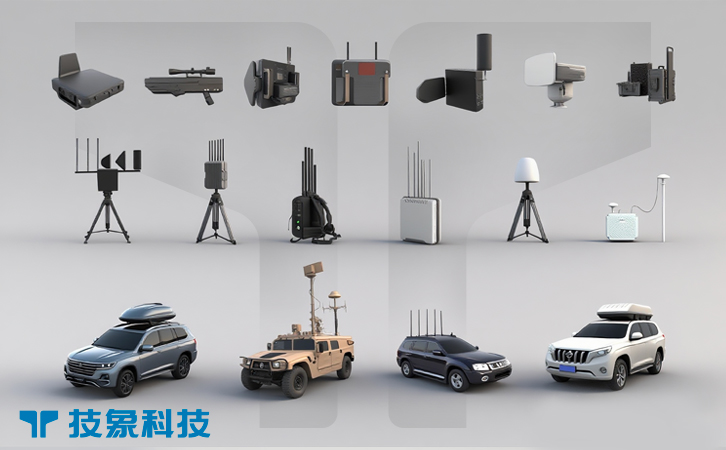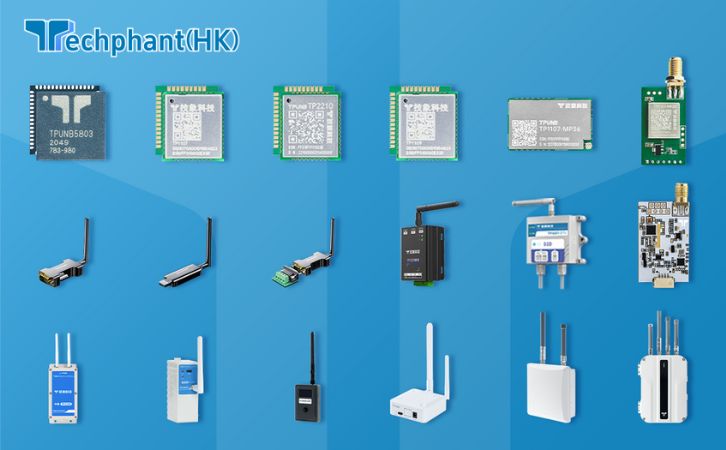Drone-Detection Software: AI-Powered Analytics for Real-Time Threat Identification
The drone surge, exceeding 6 million UAVs globally in 2025, has intensified threats to airspaces, with rogue drones disrupting critical infrastructure, events, and military operations. Drone-detection software, leveraging artificial intelligence to analyze data from sensors like radar, RF, and cameras, provides real-time threat identification and tracking. These platforms process vast data streams to distinguish drones from noise or benign objects, enabling rapid response through integrated countermeasures. Unlike hardware-heavy systems, software solutions offer scalability and adaptability, making them ideal for urban areas, airports, and battlefields. This article explores the escalating drone threat, the mechanics of AI-powered detection software, its real-world applications, and the challenges and future potential of this intelligent counter-UAV technology.
I. The Escalating Drone Threat and Need for Detection Software
Rogue drones pose a growing challenge, with over 2,500 incidents reported globally in 2024, including disruptions at airports and public events that led to millions in losses, as seen in the 2018 Gatwick shutdown affecting 140,000 passengers. In military contexts like Ukraine, low-cost UAVs conduct swarm attacks or reconnaissance, evading traditional defenses with autonomy or stealth. Civilian risks include smuggling into prisons or unauthorized surveillance, exploiting cluttered environments to avoid detection.
Single-sensor systems like radar struggle with urban clutter, and manual analysis slows response times. Drone-detection software addresses this by using AI to fuse sensor data, providing real-time threat assessment with high accuracy. Its role is critical for coordinating responses, as seen in 2025 U.S. tests where software enabled rapid counter-UAV actions. The DEFENSE Act, enacted in September 2025, supports software-driven solutions for civilian sites, emphasizing their importance in countering the complexity and speed of drone threats through intelligent, scalable analytics.
II. Mechanics of AI-Powered Drone-Detection Software
Drone-detection software integrates data from sensors—radar for range, RF for signals, acoustic for noise, and optical/IR for visuals—using AI algorithms to identify and track drones. Machine learning models, like neural networks, analyze patterns such as flight trajectories or signal signatures to classify threats with over 95% accuracy. Platforms like Dedrone’s DedroneTracker or DroneShield’s DroneSentry process inputs in real-time, outputting alerts to command interfaces or triggering automated countermeasures like jamming or spoofing.
The mechanics involve data ingestion, AI-driven anomaly detection, and visualization on dashboards, often cloud-based or edge-processed for speed. For example, Dedrone’s software fuses RF and optical data to pinpoint drone locations and operator positions within seconds. Advantages include adaptability to new drone types, low physical footprint, and integration with existing C-UAS hardware. Limitations include dependence on sensor quality, high computational needs, and vulnerability to cyber attacks. In 2025, advancements in edge AI and open APIs have enhanced interoperability, making detection software a central hub for C-UAS operations.
III. Applications and Real-World Deployments
Drone-detection software is deployed across civilian and military contexts, enabling precise threat management. In civilian settings, airports like JFK use software to integrate radar and RF, identifying intrusions and coordinating responses without flight disruptions. During the 2025 Wimbledon Championships, Dedrone’s platform detected rogue UAVs, alerting security for interception. Prisons employ software to counter smuggling, with U.S. facilities reporting a 40% drop in incidents since integrating AI analytics in 2024.
In military applications, software supports base defense and operations. The U.S. Army’s 2025 Indo-Pacific exercises used DroneSentry to fuse sensor data, tracking swarms for neutralization. Border security operations, like those by EU forces, leverage software to detect smuggling drones, enabling forensic tracing. The Counter UAS Technology USA Conference in December 2025 showcased these deployments, emphasizing cloud-based AI for scalability. Success relies on robust sensor inputs and operator training, but software’s intelligence makes it indispensable for complex, multi-threat environments.
IV. Challenges and Future Prospects
Drone-detection software faces technical, cybersecurity, and regulatory challenges. Dependence on sensor accuracy can lead to false positives in cluttered environments, while processing demands require high-performance hardware, escalating costs ($50,000+ for enterprise platforms). Cyber vulnerabilities expose software to hacking, necessitating encryption.
Regulatory hurdles include data privacy laws, as sensor inputs may capture civilian information, requiring compliance with ITU guidelines. The September 2025 DEFENSE Act eases integration for security but mandates transparency. Ethical concerns involve over-surveillance, demanding strict data protocols. Future prospects are strong, with 2025 innovations in generative AI for predictive analytics and blockchain for secure data sharing. By 2030, the counter-UAS market is projected to grow, with software leading for adaptability. Policy support will ensure ethical use, positioning detection software as a cornerstone of intelligent aerial defense.
Conclusion
AI-powered drone-detection software delivers real-time threat identification, fusing sensor data to secure 2025’s drone-threatened skies. Its scalability and intelligence make it ideal for airports, events, and military bases, overcoming hardware limitations. Despite challenges like cybersecurity and costs, real-world deployments and emerging AI advancements highlight its transformative potential. As threats evolve, these systems—supported by policy reforms—will remain vital in layered defenses. By addressing hurdles, stakeholders can leverage this technology to ensure airspaces remain safe and responsive in a drone-dominated era.



